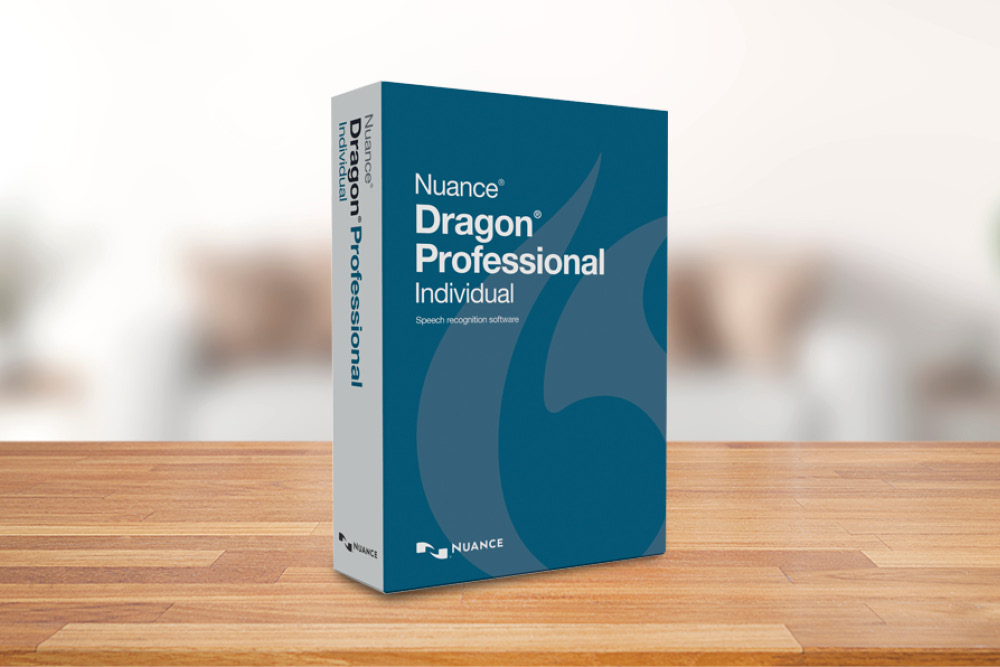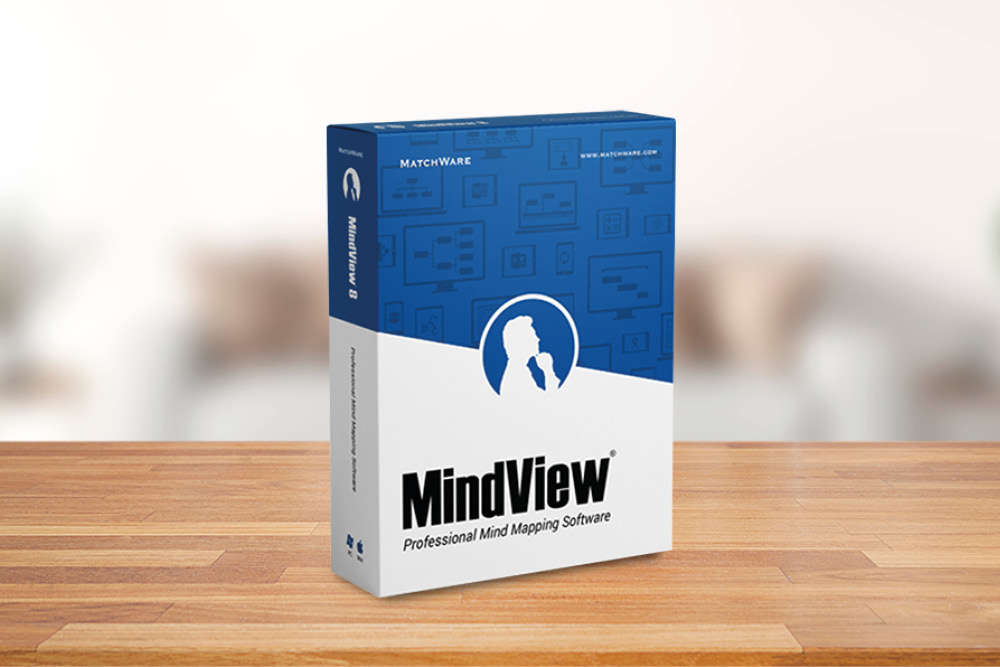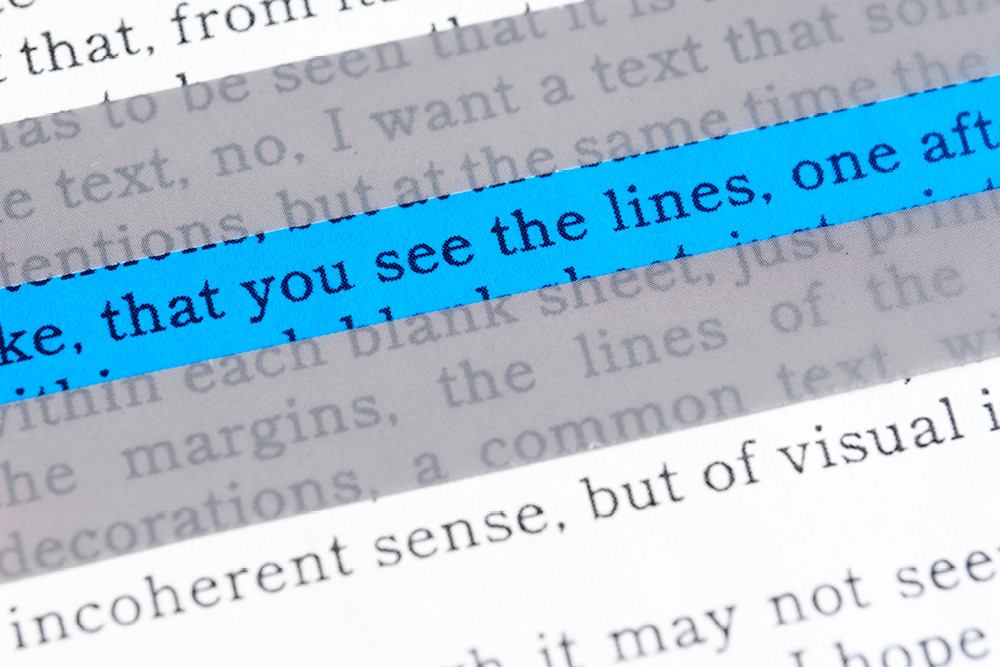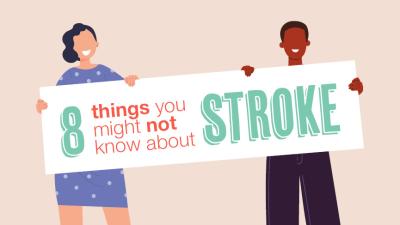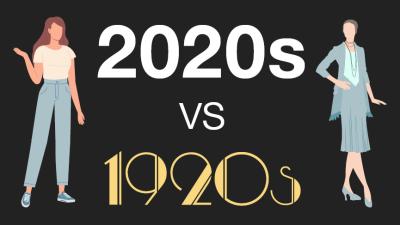
Is it a better situation in today’s workplace for people with dyslexia than it was 20 years ago? I interviewed David Mitchell, a manager with dyslexia and a hearing impairment, to find out. Dyslexia is considered a disability by The Equality Act 2010 which means that employers have a legal duty to make reasonable adjustments to support dyslexic people in the workplace.
Please tell me when you were diagnosed with dyslexia, David?
“I was diagnosed with dyslexia at the age of 41, although I wondered if I had it before then. It was slightly scary waiting for the diagnosis as I thought ‘if it turns out that I’m not dyslexic, then why have I got all these challenges?’ Exams at school did not work out too great for me, and when I discovered that yes, I am dyslexic, it was a positive thing because everything fell into place.
A qualified assessor for dyslexia found that I had weaknesses in auditory memory, visual processing, phonological awareness and memory and the speed of phonological processing. For example, I need to process complex texts in chunks rather than as a whole. My test showed a low reading speed, weak spelling and difficulties in decoding when reading. However, it also showed I had exceptional strengths in areas of spatial and manipulative skills and verbal reasoning plus average to high scores for ‘verbal underlying ability’. That was good to know!”
What kind of job do you now have?
“I’m actually working in the Disability Enablement field myself, I’m the Enablement Account Manager for Posturite. It’s brilliant to be able to enthuse about assistive technology and workplace strategies for neurodiverse people – because I use them myself in my own work, day to day!
My role is to support the employers to make their workplaces more disability-friendly, and to support employees directly as well. I organise enablement training and assessments and I supply assistive technology to help with dyslexia, dyscalculia, visual impairments, hearing impairments and more.
So recently I chatted to a woman who was overwhelmed by the five assistive technology products which had been recommended to her, and therefore I listened to her about her role and her condition, and suggested the best three to help her. I know them inside out. I don’t want organisations to invest in technology to help people with dyslexia and have it go to waste – nor do I want people to get stressed about not knowing how to use it! I’m proud of the assistive technology training we offer at Posturite to resolve this.
My superpower is that I kind of soak in all the IT stuff! So with AT (assistive technology) - it just goes into my long term memory straight away.”
What kind of assistive technology helps you with your dyslexia at work?
“If I've got a lot to write, I use Dragon speech recognition software by a company called Nuance. You speak and then your words appear on the screen. Dragon is really good because it understands the contents of your sentence, so it evaluates what you're trying to write and makes sure that the spellings and punctuation are correct.
My Dyslexia Assessment had said: ‘David would benefit from text to speech software to assist him to manage his weaknesses in reading decoding and reading fluency and to assist him with proofreading tasks’ and this is what Dragon does.
I tend to use a lot of the AT products together – so I also use MindView mind mapping software. This is handy for when I need to create presentations and plan projects. It helps me visualise my ideas and organise my thoughts – vital for project management.
Some dyslexic people also use ClaroRead which reads on-screen text out loud, and is great for people who really struggle with reading, but I can get by with a colour tint. I use Tint & Track to highlight the lines I am reading or writing on the screen in my preferred colour and it moves with my mouse.”
What are these visual issues which people with dyslexia can experience when reading?
“Some people with dyslexia experience things like text going in and out of focus, words appearing double or seeming to shimmer or flicker. I’d recommend looking at the information from the charity The British Dyslexia Association to find out more.
My issue tends to be that the white gaps between the words become rivers. You can see the words; but the gaps become more apparent than the words themselves and your brain just concentrates on that vision. But when you tint the screen or page a colour, it helps massively.
I also have challenges with writing emails. I’ll overwrite information and my meanings don’t come out quite correctly. So my brain’s thinking it, but I can’t quite get it down right. I use Microsoft Editor to help me (it does a similar job to Grammarly) and then I have to proofread everything more than once.”
Do you prefer to have more video meetings and phone calls then, because of your dyslexia?
“Yes, to some extent. I'd rather do a Teams call like this than be discussing things through email or, you know, bouncing emails. Telephone calls I probably like a little bit less, just because of my hearing impairment as well, and I can lipread in video meetings which is great. But I've got newer hearing aids now from the NHS, and they go through Bluetooth which is pretty cool!”
Should an employer give consideration to the environment that a dyslexic employee works in?
“Yes, my assessment report for dyslexia said that ‘David’s weak auditory/working memory will mean that he may experience difficulty with concentrating and working within a noisy environment. David may benefit from the facility to be able to retire to a quiet space in order to complete his work, should he wish to do so.”
Is it a better situation in today’s workplace for people with dyslexia than it was 20 years ago?
“100%. Because 20 years ago, there wasn’t all this technology and it wasn’t very good. Assistive Technology has improved and become much more accurate.
And there’s much greater awareness of neurodiversity. After all, around 1 in 7 people in the UK are estimated to have some kind of neuro difference. Neurodiversity is a term which includes dyslexia, autism, ADHD, and more. It seems to be a buzzword all over social media - including TikTok! This is, you know, the way I am and it’s really good that they’re doing that because then other people say, ‘well actually I believe I might be neurodiverse’, and then they’re actually asking for support.
Many neurodiverse people will have co-occurring conditions and I’ve got a little bit of ADHD and a little bit of dyspraxia. I've got to do things in sequence, so I love lists!”
How does your employer support you with your dyslexia?
“Employers must be dyslexia-friendly to be lawful, and this starts right away from the recruitment process. Dyslexia is classed as a disability because you can't do day-to-day tasks such as your job role without needing some assistance.
I talked about my dyslexia in my job interview, and Posturite have been very supportive. I’ve been supplied with the AT I need and offered all the ‘reasonable adjustments’ I need to carry out my role effectively. My dyslexia is a positive for my role partly because I can be empathetic to somebody with neurodiverse conditions – but also I agree with what The British Dyslexia Association say:
“Neurodiversity can be a significant asset to an organisation, bringing a different dimension to problem-solving or creativity in the way that an organisation operates and delivers its products and services.
Being dyslexia-friendly makes good business sense.”
Finally, what do you love about working in enablement?
“I think it’s knowing that I can actually change someone’s life by enabling them.
One stand-out moment from my career is when we went to visit a young lad who was partially quadriplegic, and he was constantly laid down and on his side, as he got fluid on his lungs. He was a mathematics student at university.
We went to test if Dragon would work for him and unfortunately it wouldn’t, because it didn’t work with different tones of voice while you’re speaking. So then I recommended an eye camera for him; the camera basically detects where his eyes are moving and he hovers for clicks, that kind of thing. The university agreed to fund the equipment and he undertook special training to use the camera so his eyes didn’t get tired too quickly.
It worked! He was just phenomenal. He actually wrote me an email saying ‘I’m using the camera now, writing you an e-mail!’. It was fantastic. I thought ‘Oh my goodness, this lad’s actually going to get his degree.”
Thank you very much to David Mitchell for sharing his personal experiences of dyslexia. Connect with David on LinkedIn here.
David Mitchell and the Posturite team offer FREE Enablement Awareness Sessions to organisations, covering neurodiverse conditions and the ‘hidden disabilities’. These informal Posturite workshops discuss reasonable adjustments and workplace equality legalities, and offer free resources, demonstrations of the latest assistive technologies and encourage teams to be proactive and knowledgeable about neurodiversity. Request your free session on email [email protected].
Contact the Posturite Enablement team on email [email protected] to get help to create an equal workplace for everyone through awareness, equipment, policy and environment.
Read next:
- Am I dyslexic? A guide for adults by The British Dyslexia Association
- What are my rights as an employee with dyslexia? A guide by The British Dyslexia Association





